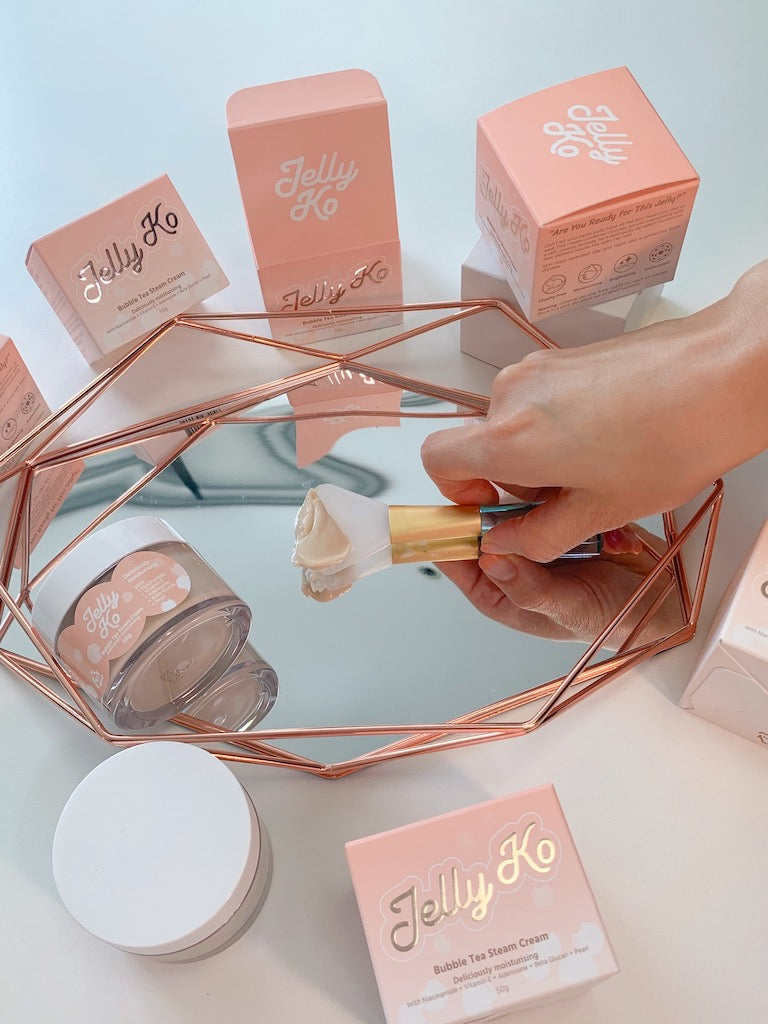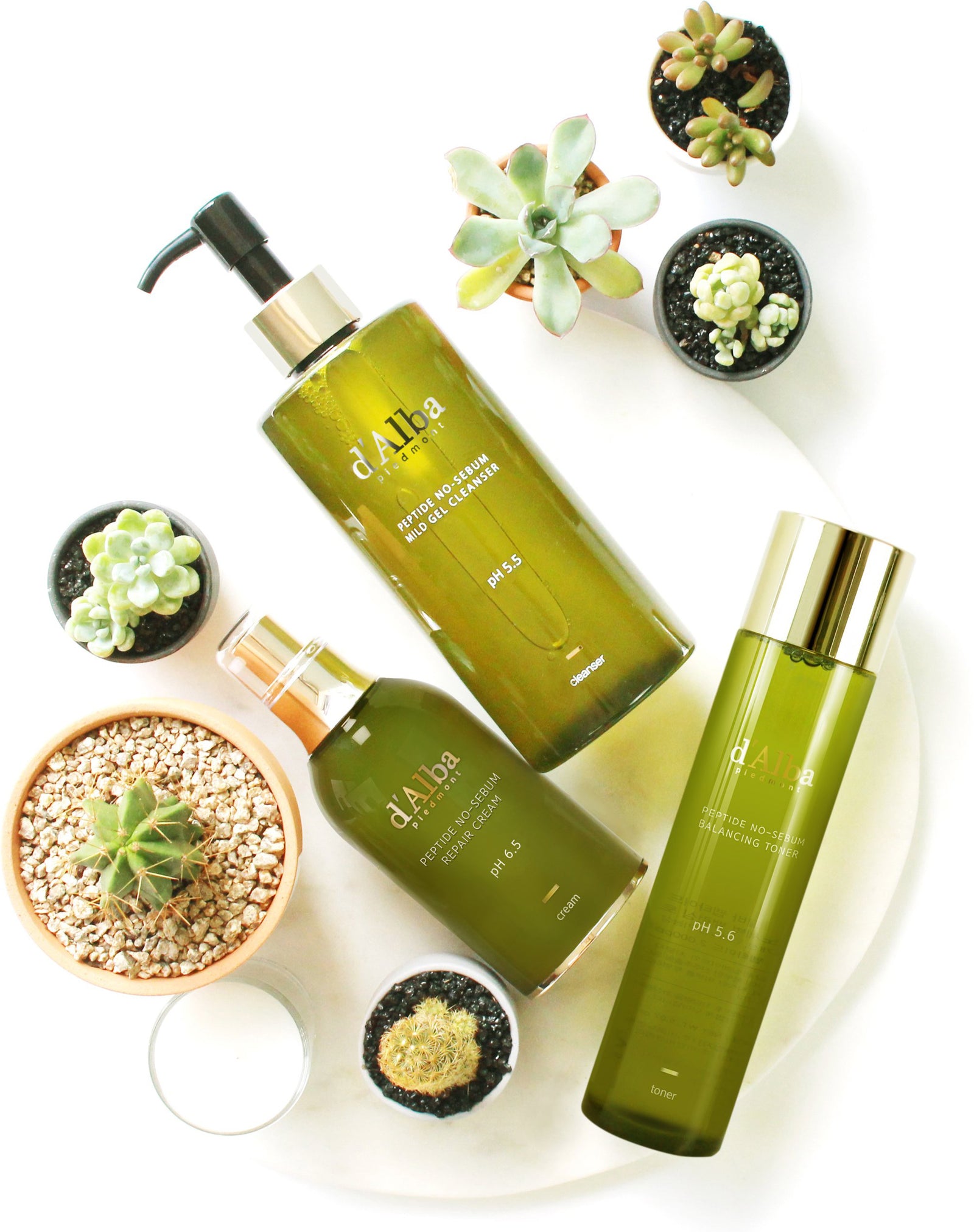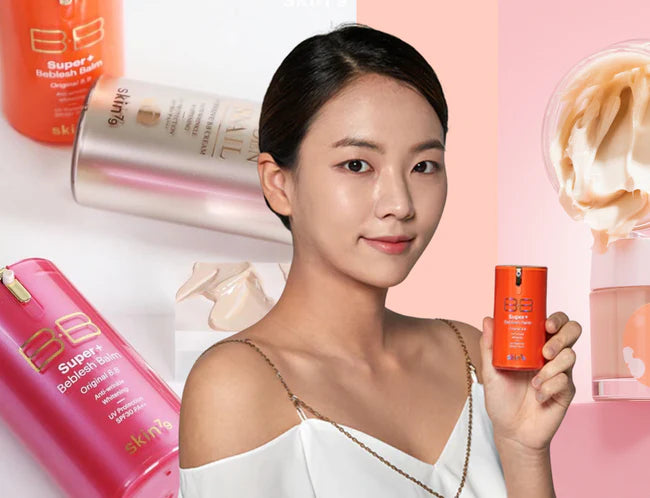Last month to shop K-Beauty on STYLE STORY. We’re moving to K-Beauty consultancy. Details
Menu
Luxury Korean Beauty Products
July 11, 2023

Luxury Korean Beauty Products
On episode 208 of the Korean Beauty Show podcast Lauren is covering luxury Korean beauty products. She explores what makes a product luxury, how luxury brands set themselves apart from their competition and what luxury K-Beauty brands are doing to appeal to new demographics in a worsening economy.
CONNECT WITH ME
My Instagram: www.instagram.com/lauren.kbeauty
Shop Kbeauty: www.stylestory.com.au
Style Story’s IG: www.instagram.com/stylestory_kbeauty
TikTok: https://www.tiktok.com/@stylestory_kbeauty
Jelly Ko’s IG: www.instagram.com/jellyko_official
Facebook: www.facebook.com/stylestory.au
Website: www.thekoreanbeautyshow.com
Sign Up to Our Mailing List to Join Tester's Club: https://stylestory.com.au/pages/free-gift-signup
Pinterest: https://www.pinterest.com.au/stylestoryau
What makes a beauty brand luxury?
When it comes to beauty brands, most position themselves firmly in the middle of the market; they're not ultra expensive but nor are they extremely cheap. These days, of course some brands have built a name for themselves as being underpriced, like The Ordinary and Inkey List. In K-Beauty, an equivalent would be One Thing. But it's fair to say that most brands still try to sell their products for a reasonable price while maintaining decent margins for themselves.
Then, you have a category of beauty brands like those stocked in places like Sephora that are most properly described as "prestige". Even though some people would classify these brands as "luxury" the sheer accessibility and pricing points for most of them mean that they're not really in the same category as true luxury brands. A range of Korean beauty brands fall into this category, including Laneige.

However, when it comes to beauty as a category, it is one of the few categories of consumer goods where there is less choice for high end consumers, especially when compared to categories like apparel, shoes or even furniture.
This is a sentiment echoed by Business of Fashion who see much potential for future growth in the luxury beauty category. In fact, they "estimate that true luxury and ultra luxury beauty combined represent an approximately $20 billion market today, with a potential compound annual growth rate of between 15 percent and 20 percent, amounting to an additional $15 billion to $20 billion in sales by 2027.”
What Separates Luxury Beauty Brands From Other Brands?
When it comes to separating out luxury beauty brands from prestige and other brands, a few things come to mind. Pricing is obviously important, as is packaging. The exprience of buying the product in a store is also important. If you've ever walked into a luxury store you'll know that what happens and how they treat their customers is a step above what you'll get if you walk into say, Zara.

However, one significant factor separating luxury beauty brands from other beauty brands must be scarcity. If a product is too readily accessible on the market it cannot be truly in the luxury category because then everyone would have it.
Other hallmarks of luxury beauty brands include scientific innovations, things like access to rare ingredients or event patents.
It goes without saying that the product must be of exceptionally high quality, including the packaging.
Another cornerstone of luxury brands includes compeling story-telling, hence you'll often hear Amore Pacific trotting out the story of the founder's mother. Back in 1932, Yun Dokjeong, the founder's mother, began selling camellia oil, a product that requires intricate process and effort. According to the brand, she made one bottle at a time, "with sheer devotion and a sincere heart.
Because of the trust and quality factor necessary to market a luxury brand, the old, more established or heritage brands are usually the ones that succeed in this section of the market.
Indeed, I was speaking to the PR manager of one luxury Korean beauty brand recently who was telling me of the failure of one Korean-based ginseng brand to launch into the US. While it is a household name in Korea that is synonymous with ginseng-based skin care products, it just didn’t have the trust or known quality factor needed to succeed in a western market. Instead, the brand had much better traction in southeast Asia, where there is a least a shared cultural heritage of using ginseng-based products.
Luxury Beauty in Korea
Interestingly, in Korea itself, luxury often equates to foreign cosmetics. That's why you will see so many foreign brands like SK-II, Estee Lauder, Chanel etc represented in local department stores. Of course, Korea has a handful of its own luxury brands as well.
Two of the more accessible ones for overseas consumers are Sulwhasoo and History of Whoo.

Among Korean luxury cosmetics, products for mature skin are heavily represented. This is likely due to a combination of factors - a lot of them use hanbang ingredients, which are a big drawcard for older consumers and then of course price. Most of the products run for several hundred dollars, which isn't very accessible to younger consumers.
Luxury Korean Beauty Brands - Sulwhasoo
Sulwhasoo is a luxury Korean beauty brand founded by Amore Pacific, one of the many brands under their umbrella.
Sulwhasoo First Care Activating Serum EX
This style of cosmetics is inspired by Asian philosophy. It incorporates a trademarked ingredient known as "Jaum Balancing Complex" to nourish and firm skin, offering a chance to try Korean skincare at its best.
Other ingredients include Ophiopogon Japonicus Root Extract, which protects the skin from dryness and walnut seed extract.
Sulwhasoo Essential Firming Cream EX
This is is a luxury Korean Beauty moisturiser that helps to fortify mature skin. Again, we see the inclusion of a trademarked ingredient, in this case JISUN Firming Complex™, which is said to take care of the skin's firming net.
It features Black Soybeans and Pueraria Lobata Root extract as well as Lycium Chinese Fruit extract. The brand claims that "this new prescription both lifts the skin and adds resilience."

Luxury Korean Beauty Brands - History of Whoo
History of Whoo is a luxury Korean Beauty brand that captures the meticulous beauty regimes once used by the empresses. The brand has an interesting history because it was actually commissioned by the National Government of Korea. They wanted to create a national luxury skincare brand that embodied the Korean traditions. LG Household and Healthcare was chosen to develop and launch the brand, which in 2003 became The History of WHOO.
In terms of both the packaging, ingredients and story-telling used, the History of Whoo's collection offers a modern reinterpretation of the royal court secrets, which is something that Beauty of Joseon plays at in the lower end of the market.
Unlike other brands however, The History of Whoo has a herbal medicine research centre that actually analysed tens of thousands of royal medical books to come up with the "herbal medical prescription for the royal family", which they then applied to their products. The packaging also incorporates motifs from royal cultural heritage.
The History of Whoo also became the first ever luxury Korean brand to hit 2 trillion won (approx US $1.78 billion) in sales in 2018.

The History Of Whoo Jinyulhyang Red Wild Ginseng Facial Oil
When it comes to luxury beauty products, one of the things that separates them from the pack is the use of prized ingredients. Indeed, no ingredient is more prized in Korean beauty than wild red ginseng. That's because of the ability it has to transform the skin, which has been studied and reported on.
However, because the process for extracting red ginseng is so much more difficult than cultivated ginseng, it is not a cheap ingredient. That's why you will only find it in the most truly luxurious Korean skincare products.
The History Of Whoo Jinyulhyang Red Wild Ginseng Facial Oil is a once in a lifetime, must-try product for true lovers of Korean skin care products.
The History Of Whoo Jinyulhyang Intensive Revitalizing Eye Cream
Similarly, this intensive eye cream incorporates both wild red ginseng and clover leaf extract which are a moisture-rich treat for your eyes.
With regular use, this eye cream can reduce the appearance of fine lines, eye bags and darkness for a brighter, hydrated appearance.
Is Luxury Beauty Relevant to the Non-Luxury Consumer?
I would argue that luxury beauty is relevant to the non-luxury consumer for several reasons. Firstly, much like in fashion, the kind of marketing angles and packaging used by luxury brands filter down and impact what is being done at the lower end of the market. Brands like Beauty of Joseon typify this, using similar story-telling and themes to more luxury brands, but at much more accessible price-points. When Beauty of Joseon first launched, they used to use traditional Korean "Hanji" (paper) in their packaging. This fell away as the brand went more mass-market.

Secondly, cheaper brands benefit from the R&D being done at the higher end of the market, particularly around ingredients. You'll notice that many cheaper Korean beauty brands piggy-back off the research done by luxury brands into ingredients like ginseng, but using much cheaper ingredients like cultivated ginseng. Even though cultivated ginseng don't have the same data to back up its efficacy the average consumer doesn't know this, meaning cheaper brands benefit from a market boost by associating themselves with a known luxury ingredient.
What is the Future for Luxury Korean Beauty Products?
In line with their shift away from reliance on the Chinese market, brands like Sulwhasoo have recently updated their packaging. Gone are the Chinese characters that once typified the brand in place of sleeker, more minimalist packaging:

Similarly, at the beginning of 2023, LG Household & Healthcare's Vice Chairman recently announced changes to both the packaging and scent of History of Whoo products "to suit the taste of North American customers" (Source: 나이스경제).
While the brand's entrance to the North American market is still only in the R&D stage, I think we can expect to see a westernised version of the brand prepped and ready to enter the market in the near future.
STYLE STORY - Your Go To for Kbeauty Since 2014
Shop Now
"If you've ever walked into a luxury store you'll know that what happens and how they treat their customers is a step above what you'll get if you walk into say, Zara."
- Lauren Lee, Host of the Korean Beauty Show



Leave a comment
Comments will be approved before showing up.